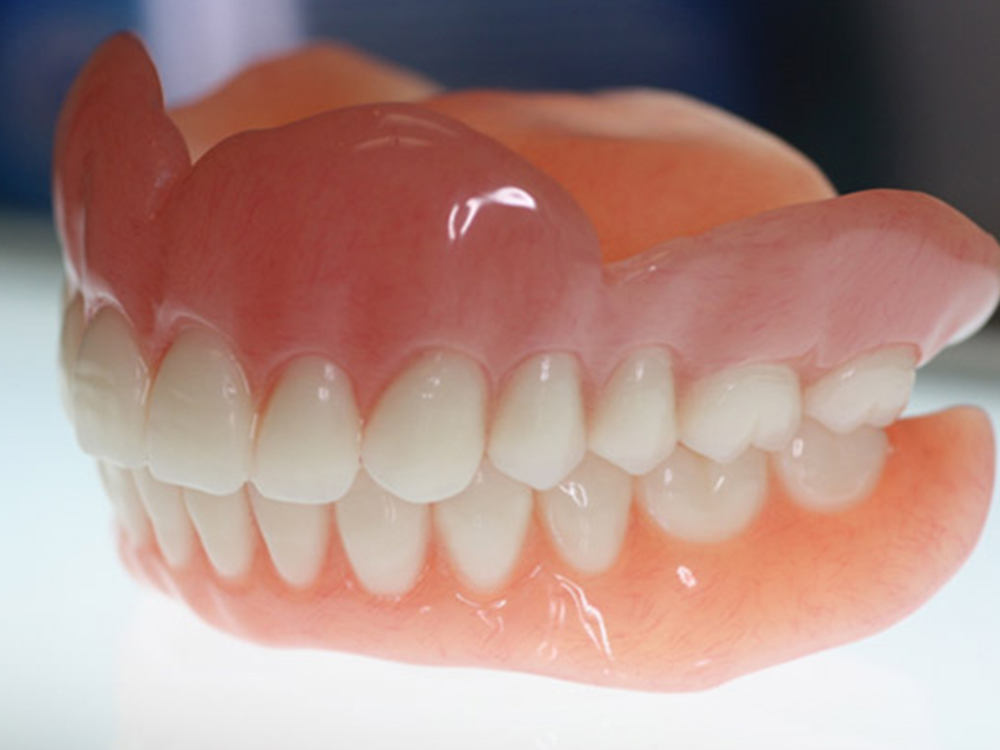Choosing an implant is an important step, but it is clear how necessary it is when you consider how much it will improve your health and quality of life.
Tooth loss can occur for different reasons. Perhaps the tooth was displaced by the impact or severely damaged to require an extraction. Regardless of the underlying cause, lost teeth can lead to other oral health problems if left untreated.
Dental implants are a simple, effective and permanent solution to the problem of missing and missing teeth. It is far superior to other options such as traditional dentures or bridges. It can prevent most long-term dental problems as a result of tooth loss in the jaw, including loss of bone density.
When making dental implants, you need to make sure that you choose the best in terms of quality and effectiveness of the materials used. It is very important that your implants do not cause problems in the later process.
We at Tekirdag dental implant clinic are committed to giving our patients the best possible results in everything we do, and that means using the best dental implant materials available. For this reason, we are sensitive to choose the best in our clinic.
Before we get into the details of why material and design are so important in dental implants, let’s review how tooth replacement is done and the types of implants to suit different needs.
How Do Dental Implants Work?
Teeth cover much more than what you see when you smile. There is a long root on the tooth that extends deep into the jawbone to hold the tooth firmly in place and strong enough to withstand a lifetime of chewing and biting. When a tooth comes out due to factors such as caries, the absence of the tooth creates a gap between the other teeth in the mouth. Therefore, all teeth begin to slip out of place to fill this gap.
Solutions such as bridges and dentures are effective in changing the visible upper part of the tooth, providing improvements in your smile as well as your eating, drinking and speaking skills. Bridges and dentures can replace more than one tooth, but none of these types of treatments deal with the underlying problems.
Over time, the absence of tooth root or teeth in the jaw causes a decrease in bone density. As bone density loses, it weakens and becomes more prone to other long-term health problems. The method used to attach bridges to teeth or the adhesives used to hold dentures in place are not as strong or durable as the natural root of the tooth.
It prevents bone density loss as the implant itself mimics the shape and structure of a natural tooth and is embedded directly into the jaw, replacing the missing tooth and the entire root. The base of the implant is known as the post. It bears some resemblance to a metal screw and is made of a special material that is firmly connected to the organic bone in the jaw. The metal base of the implant is then sealed with an artificial tooth customized to match the color and shape of the patient’s natural teeth, resulting in a replacement tooth that is virtually indistinguishable from other teeth in the mouth.
Implant supported bridges can be recommended as the optimum solution for more than one lost tooth in a single area of the mouth. These are usually made in the form of a bridge consisting of two or more dental implants placed in the jaw, artificial teeth mounted in the jaw to fill the gap of missing teeth.












Recent Comments